- about
- who we are
- our people
- Nos collaborateurs
Nos collaborateurs
La science rassemble les nations dans la poursuite d'un but commun. Notre Organisation accueille chaque année de nombreux visiteurs et scientifiques du monde entier. Parmi ces personnes, certaines restent pour un séminaire ; d'autres restent quelques mois, voire même quelques années pour travailler sur une expérience.

La coopération entre les états, les universités et les scientifiques est le moteur de la recherche menée au CERN.
Depuis 2017, plus de 17500 personnes issues du monde entier travaillent ensemble pour repousser les limites du savoir. Les membres du personnel du CERN, au nombre de 2500 environ, participent à la conception, à la construction et à l'exploitation de l'infrastructure de recherche. Ils contribuent également à la préparation et à l’exploitation des expériences, ainsi qu’à l'analyse des données recueillies pour une vaste communauté d’utilisateurs, comprenant plus de 12200 scientifiques de 110 nationalités, issus d'instituts de plus de 70 pays.
Anciens Directeurs généraux du CERN
|
2016-2020 |
Directrice générale : Fabiola Gianotti |
|
2009-2015 |
Directeur général : Rolf-Dieter Heuer |
|
2004-2008 |
Directeur général : Robert Aymar |
|
1999-2003 |
Directeur général : Luciano Maiani |
|
1994-1999 |
Directeur général : Christopher Llewellyn Smith |
|
1989-1994 |
Directeur général : Carlo Rubbia |
|
1981-1988 |
Directeur général : Herwig Schopper |
|
1976-1980 |
Directeur général pour la recherche : Léon Van Hove Directeur général exécutif : John Adams |
|
1971-1975 |
Directeur général du Laboratoire I à Meyrin (Suisse) : Willibald Jentschke Directeur général du Laboratoire II à Prévessin (France) : John Adams |
|
1966-1970 |
Directeur général : Bernard Gregory |
|
1961-1966 |
Directeur général : Victor Weisskopf |
|
1960-1961 |
Directeur général : John Adams |
|
1955-1960 |
Directeur général : Cornelis Bakker |
|
1954-1955 |
Directeur général : Felix Bloch |
|
1952-1954 |
Secrétaire général : Edoardo Amaldi |
— Pedro Paul Alvarez, Responsable Produit
Étudiant administratif 2012 • alumni.cern
